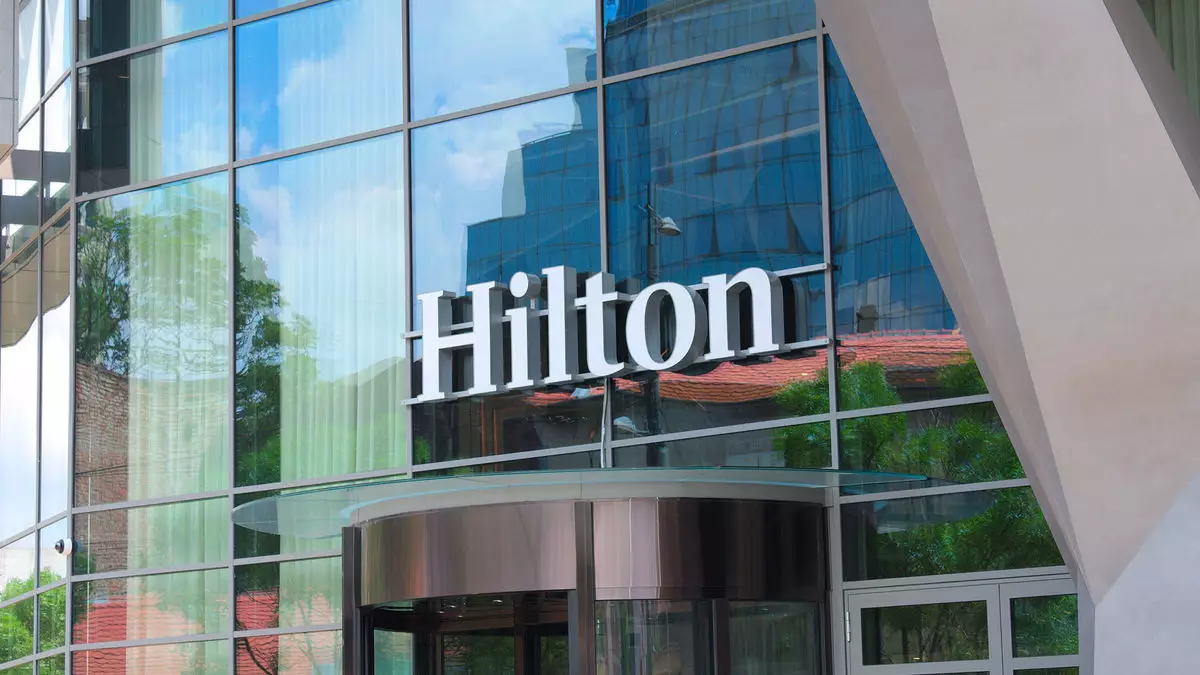Hilton’s recent financial report confirms a cautious, yet revealing picture of an industry navigating turbulent waters. While a modest 0.5% decline in systemwide RevPAR might seem insignificant at a glance, it underscores deeper economic fragility and shifting traveler behaviors. CEO Christopher Nassetta’s candid acknowledgment of “holiday and calendar shifts,” along with reduced government expenditure and softer international demand, indicates that external factors heavily influence hospitality performance. The broader economic uncertainty acts as a double-edged sword—dampening consumer confidence while stalling recovery prospects. This decline isn’t merely a transient dip; it signals a structural pause, prompting industry leaders to assess resilience strategies amidst unpredictable macroeconomic currents.
Segment Dynamics Paint a Complex Recovery Picture
Within this challenging landscape, Hilton’s segmented performance offers a nuanced perspective. The international markets—particularly Europe and the Middle East/Africa—exhibited resilience, even growth, contrasting sharply with the U.S. market, which faced a 1.5% drop in RevPAR. This divergence spotlights regional disparities, driven by variables like domestic policy changes, inflation, and differing travel restrictions. Meanwhile, the stability in Asia-Pacific suggests pockets of steadiness but not robust growth. Significantly, Hilton’s focus on group business provides a glimmer of optimism, with a 7.9% hike in fees and resurgence in U.S. urban markets. Such signs of stability highlight the importance of diversified revenue streams and niche segments that can withstand broader downturns.
Strategic Outlook Tied to Market Realities
Looking ahead, Hilton’s tone is cautiously optimistic. Nassetta’s belief that U.S. business travel will rebound post-Labor Day underscores a strategic bet on seasonal and cyclical recovery patterns. The normalization of leisure travel, viewed as a “normalizing” rather than “elevated” phenomenon, reflects a broader trend—demand is stabilizing rather than surging, demanding innovative adaptation. Hilton’s financials reinforce this perspective; revenue growth of 6.3% juxtaposed with a resilient EBITDA indicates the company’s ability to weather the storm by managing costs and leveraging established relationships. Their projection of flat to 2% RevPAR growth for 2025 suggests that the industry may consolidate around a new, more subdued growth baseline, emphasizing resilience over exuberance.
Final Reflection: Resilience as a Strategic Mandate
Hilton’s latest results reveal an industry in a state of cautious endurance. The firm’s emphasis on diversified markets, segment agility, and optimistic outlooks underscores its strategic resilience. Yet, this resilience must be tempered with realism; external economic pressures are unlikely to dissipate overnight. The key will lie in Hilton’s ability to adapt quickly, capitalize on emerging opportunities like group and urban markets, and remain attuned to shifting traveler preferences. Ultimately, Hilton’s journey through this softening phase will test its capacity to innovate and sustain profitability. And in doing so, the industry as a whole learns that survival in uncertain times hinges on flexibility, diversification, and unwavering focus on strategic priorities.


Leave a Reply